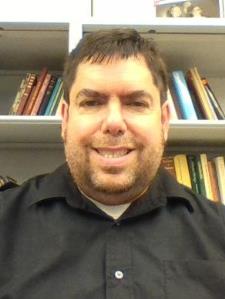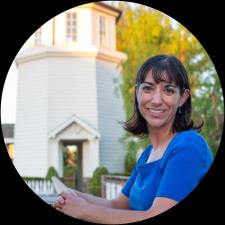
William P. answered • 07/24/19
Bill P., Math and Physics Tutor
Hello Diana,
In a "probability experiment", the set of all possible outcomes is called the sample space. If all outcomes in the sample space are equally likely, then the probability of an event can be calculated using classical probability. This basically just amounts to counting. That is, the probability of any event E (denoted P(E)) can be obtained using
P(E) = n(E)/n(S)
Here, n(E) represents the number of outcomes corresponding to the event E, while n(S) is the number of outcomes in the sample space (that is, the total number of all possible outcomes.)
In your problem, a person is chosen at random from a certain set of people and asked if they own a dog. We assume that every person in the set has the same chance of being chosen, so we can use classical probability. Let E be the event of interest (namely that the person chosen owns a dog). Then
n(E) = 205.
The sample space is equivalent to the set of all people in the survey. Thus, the number of people in the sample space is
n(S) = 205 + 273 = 478.
Therefore,
P(E) = n(E)/n(S)
P(E) = 205/478
or, in decimal form,
P(E) ≅ .429
Hope that helps! Let me know if have any questions.
William




